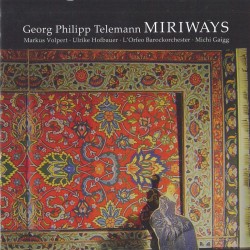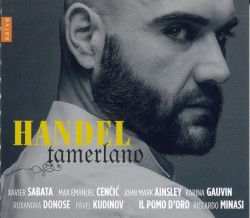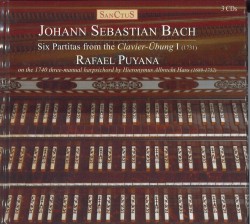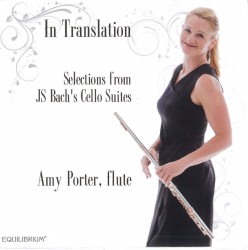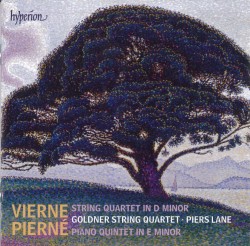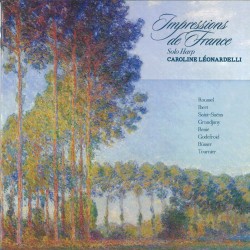Leclair – Complete Sonatas for Two Violins - Greg Ewer; Adam Lamotte
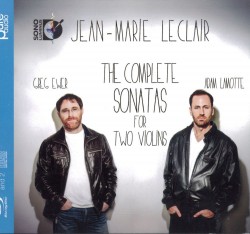 Leclair – Complete Sonatas for Two Violins
Leclair – Complete Sonatas for Two Violins
Greg Ewer; Adam Lamotte
Sono Luminus DSL-92176
(sonoluminus.com)
This two-CD set does indeed include all 12 violin duos by the French violin virtuoso Jean-Marie Leclair, six each in his Opp.3 and 12 collections. Leclair’s compositional brilliance is in marrying Italian and French styles with endlessly interesting and entertaining results. A dancer in his younger life, Leclair has an innate sense of dance rhythms and even the most ferocious of his allegro movements possesses grace, elegance and warmth. His writing for two violins, in particular, makes full use of the sonic possibilities of each instrument. Each part has equal prominence and there is an intricate relationship of soloistic and accompaniament duty-sharing as one finds in the gamba duos of Marais from a generation before. Along with Leclair’s sonatas and concertos, these duos deserve wider recognition and more frequent performance.
Ewer and Lamotte display an obvious fondness for this repertoire and take great care to bring out the expressiveness and line in each of these delightful sonatas. My one minor wish is that they might have occasionally made a more extreme tempo choice, either on the fast or slow side of the equation. That being said, their performances are poised, elegant and full of colour, contrast and life. It was a pleasant surprise to read the informative program notes by Montreal’s Matthias Maute.


